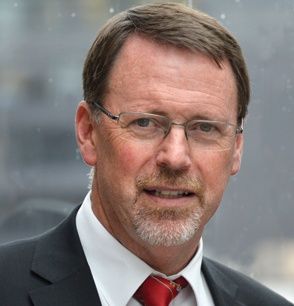A flexible endoscope is an important diagnostic instrument for the oesophagus, stomach and duodenum. Passed through the mouth it allows visualization of the inner lining and allows targeted biopsy of abnormal areas. It does not always require sedation and patients are able to return home shortly afterwards.
ERCP (Endoscopic Retrograde CholangioPancreatography)
Endoscopic retrograde cholangiopancreatography (ERCP) is used primarily to diagnose and treat conditions of the bile ducts, including gallstones, inflammatory strictures (scars), leaks (from trauma and surgery), and cancer. ERCP may be necessary to find the cause of jaundice, upper abdominal pain, or unexplained weight loss.
The procedure involves passing a flexible endoscope down your mouth to the duodenum where the bile duct exits. With x-ray assistance a small tube is passed from the endoscope into the bile duct or pancreas duct. This can be used to enlarge the opening, to extract stones, to collect cells and to insert stents.
The procedure is usually done under sedation and takes around about an hour. Because there are low risks of acute pancreatitis, perforation and bleeding, it is usual to keep patients for 3-4 hours after the procedure before letting them go home.
EUS (Endoscopic Ultrasonography)
This involves performing ultrasound scanning by a special scope that has a miniature ultrasound attached to the end of the endoscope. This allows visualization of not just the inner lining of organs but also through the layers and to surrounding tissue. The EUS also allows the use of a fine needle to biopsy tissues.
















